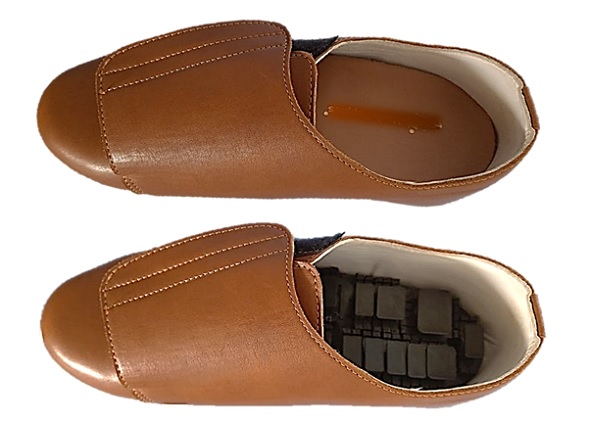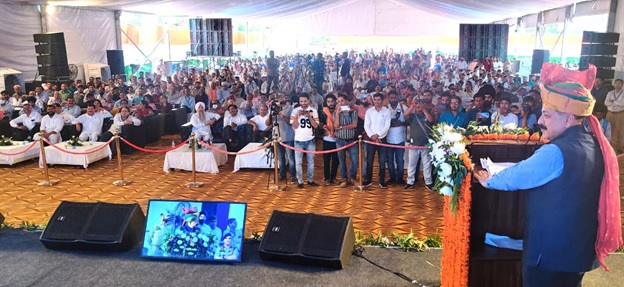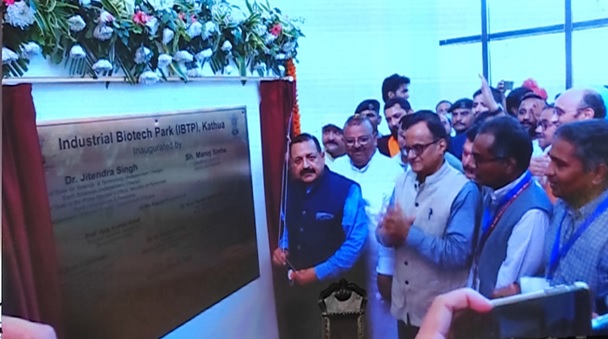
A team of researchers from the Department of Mechanical Engineering at the Bengaluru-base, Indian Institute of Science (IISc), and Karnataka Institute of Endocrinology and Research (KIER), has developed a set of footwear for use by persons with diabetes.
Foot injuries or wounds in persons with diabetes heal slower than in healthy individuals, which increases the chance of infection, and may lead to complications that even require amputation in extreme cases.
The new footwear developed by the researchers, which is 3D printed and can be customised to an individual’s foot dimensions and walking style, has a snapping mechanism that keeps the feet well-balanced, enabling faster healing of the injured region and preventing injuries from arising in other areas of the feet.
A team of researchers from the Department of Mechanical Engineering at the Bengaluru-base, Indian Institute of Science (IISc), and Karnataka Institute of Endocrinology and Research (KIER), has developed a set of footwear for use by persons with diabetes.
The footwear is expected to be especially beneficial for diabetic peripheral neuropathy, where the patients suffer from a loss of sensation because of nerve damage caused by diabetes. The loss of sensation leads to irregular walking patterns resulting in complications.
Healthy persons usually place their heel first on the ground, followed by the foot and toes, and then the heel again. This ‘gait cycle’ distributes the pressure evenly across the foot. But due to the loss of sensation, persons with diabetes may not always follow this sequence, which means that the pressure is unevenly distributed. Regions of the foot where the pressure exerted is high are at greater risk of developing ulcers, corns, calluses, and other complications.
To address this challenge, they designed arches in their sandals that ‘snap’ to an inverted shape when pressure beyond a certain threshold is applied. When the pressure is removed, the arch automatically returns to its initial position. Multiple arches have been designed along the length of the footwear to off-load the pressure effectively. “We consider the individual’s weight, foot size, walking speed and pressure distribution to arrive at the maximum force that has to be off-loaded,” the researchers explained.
The team consisted of G.K. Ananthasuresh, Priyabrata Maharana, Jyoti Sonawane of IISc, and Pavan Belehalli of KIER. They have published a report on their study in the science journal, Wearable Technologies of Cambridge University Press. They are collaborating with start-ups Foot Secure and Yostra Labs to commercialise their product.
India Science Wire
ISW/SP/IISc/DIABETES/13/06/2022





